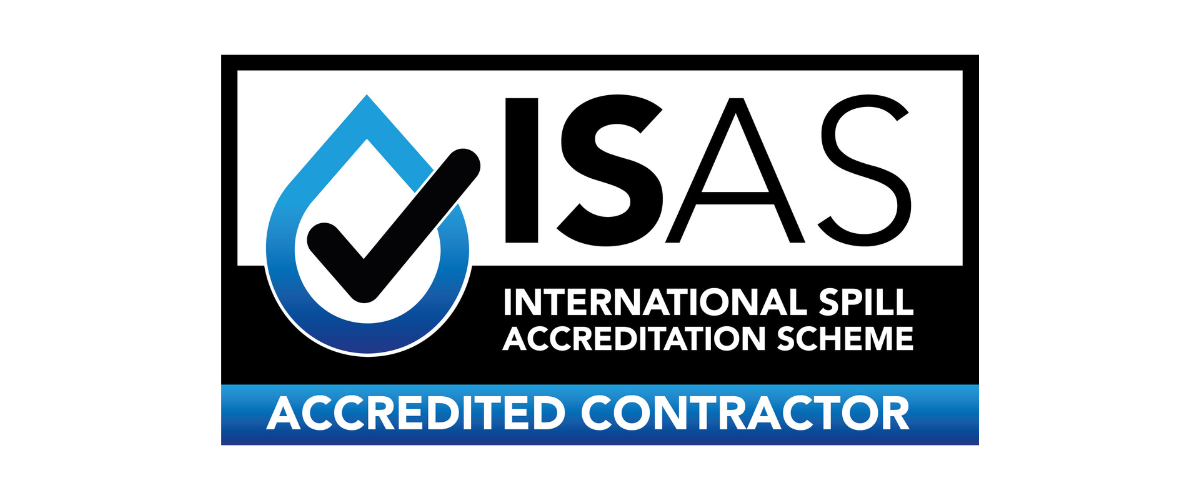GPT provide expert advice and asset management for all secondary containment requirements, including Design & Construction, Inspection & Maintenance, and Repair.


Bunding & Secondary Containment
At GPT Environmental, we provide comprehensive secondary containment solutions to ensure bund systems are fully compliant with current legislation and industry best practice. Our services include the design, construction, inspection, and ongoing maintenance of bunds for a wide range of facilities.
Secondary containment is a critical element of effective environmental risk management, designed to prevent the release of hazardous substances in the event of primary containment failure. Bunds form a key part of this strategy - acting as engineered barriers that contain spills, minimising the risk of environmental pollution and regulatory breaches.
Whether you're installing new infrastructure or maintaining existing systems, our experienced team ensures your bunds remain effective, compliant, and ready to protect your site, people, and the environment.
GPT Secondary Containment Services

What is a Bund?
A bund is a secondary containment system which is designed to capture any leaks or spillages from a primary containment (such as an oil or chemical storage tank).
It consists of an impermeable floor and a set of impermeable walls to create a watertight area around a storage tank, so that any liquid that escapes the tank is retained & prevented from spilling onto site or escaping to the environment.
To remain compliant with key regulations it is vital to ensure secondary containment provides adequate capacity, is constructed from an appropriate material, and is properly maintained.
Do I need a Bund?
Under UK law, the Control of Pollution (Oil Storage) Regulations require secondary containment for any above-ground oil storage exceeding 200 litres. Failure to comply with this requirement is a legal offence.
Other sites e.g. COMAH sites may also have a legal obligation to ensure secondary containment is provided on hazardous liquid storage e.g. chemical tanks.
Pollution incidents, regardless of the amount of oil stored, can result in prosecution, unlimited fines, and responsibility for clean-up costs under the Polluter Pays Principle.
To minimise environmental damage and reduce risks, it is strongly recommended to use secondary containment for all hazardous liquid storage.















